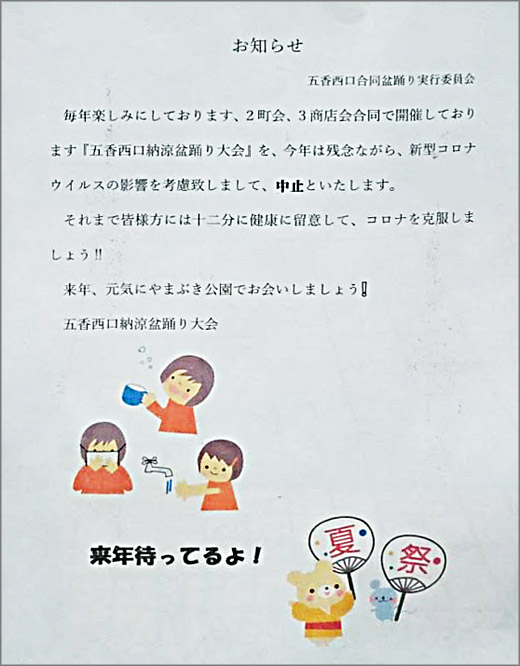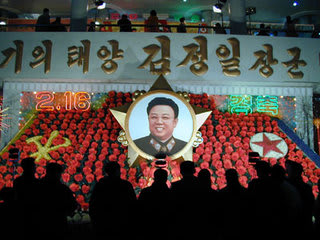TrueBlack™は蛍光観察時に問題となるLipofuscin(リポフスチン)の自家蛍光を消光・抑制するための試薬です。Sudan Black Bのようにバックグラウンドが高くなることはありません。
詳細情報 >> Biotium社WEBサイト
メーカー情報
TrueBlack™ is a new reagent for quenching lipofuscin autofluorescence in tissue sections after immunofluorescence staining. Lipofuscin consists of highly autofluorescent granules of oxidized proteins and lipids that build up in the lysosomes of aging cells. Lipofuscin granules fluoresce brightly in all channels used for fluorescence microscopy, and accumulate in a wide variety of cell and tissue types with age. Consequently, imaging of specific immunofluorescence signal in adult human tissues or aged animal tissues can be virtually impossible unless methods are employed to quench or mask lipofuscin fluorescence.
Traditionally, Sudan Black B has been used to quench lipofuscin autofluorescence by incubating tissue sections with the dye after immunofluorescence staining. However, while it masks the autofluorescence from lipofuscin, Sudan Black B also introduces uniform non-specific background fluorescence in the red and far-red channels (Figure 1 below), limiting the use of fluorescent dyes in those wavelengths. Now Biotium has developed TrueBlack™ as a superior alternative to Sudan Black B for elimination of lipofuscin fluorescence with minimal background fluorescence (Figure 1). TrueBlack™ treatment of immunostained tissues is rapid, simple, and has minimal effect on signal from fluorescent antibodies or nuclear counterstains, thus preserving the signal-to-noise ratio of the immunostaining (Figure 2). Also see our other accessory products for immunofluorescence staining and other applications. Note that TrueBlack is designed to quench autofluorescence caused by lipofuscin, it is not effective at reducing autofluorescence from other sources such as glutaraldehyde-induced fluorescence or endogenous fluorescence of collagen or elastin.
Features:
- Eliminates lipofuscin autofluorescence
- Doesn’t cause high background like Sudan Black B
- Compatible with fluorescent antibodies and nuclear counterstains
- Clears the way for multi-color imaging in human tissue
■ Figure 1
Lipofuscin autofluorescence in methanol-fixed adult human tissue sections. In untreated tissue (top row), lipofuscin appeared as fluorescent granules that fluoresced in all fluorescence channels. Sudan Black B (middle row) masked lipofuscin autofluorescence, but introduced background in the red and far-red channels. TrueBlack (bottom row) masked lipofuscin with minimal increase in fluorescence background (bottom row). Methanol-fixed cryosections of adult human cerebral cortex were left untreated or stained with 0.1% Sudan Black B in 70% ethanol or 1X TrueBlack according to product protocol. Samples were imaged at the same gain settings on a Zeiss LSM 700 confocal microscope in the FITC (green), Cy3 (red), and Cy5 (far-red) channels.
■ Figure 2
Immunofluorescence staining with and without TrueBlack treatment. Methanol-fixed cryosections of human cerebral cortex were stained with rabbit anti-GFAP followed by CF640R goat anti-rabbit (cat. no. 20176) and DAPI (cat. no. 40009). Sections were left untreated or treated with TrueBlack, then mounted in EverBrite mounting medium (cat. no. 23001). Untreated sections (left) showed lipofuscin autofluorescence (white arrows) in addition to GFAP immunofluorescence (glial processes, magenta) and DAPI staining (nuclei, blue). TrueBlack (right) eliminated lipofuscin fluorescence while maintaining good signal-to-noise for GFAP immunostaining in the far-red channel (magenta) and nuclear counterstaining (blue).
詳細情報 >> Biotium社WEBサイト




















